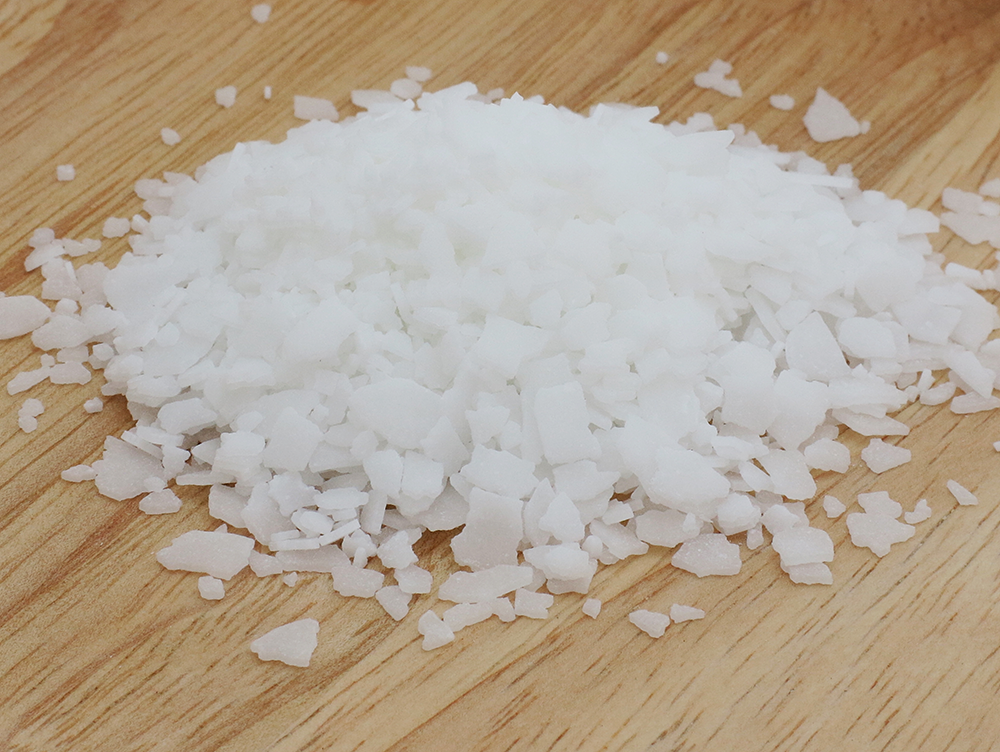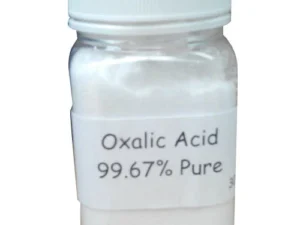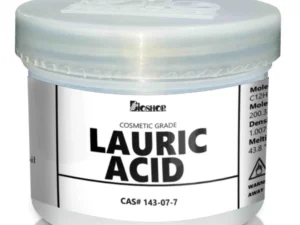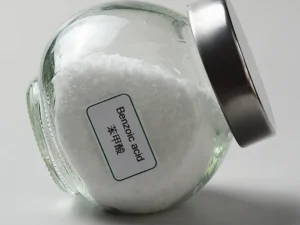Description
Stearic Acid: The Unsung Hero of Everyday Products
Stearic acid, a saturated fatty acid, is a common yet often overlooked component in a vast array of products we use daily. From candles and cosmetics to pharmaceuticals and even food, this versatile compound plays a surprisingly crucial role. Let’s delve into the world of stearic acid and explore its diverse applications and importance.
What is Stearic Acid?
Stearic acid, chemically known as octadecanoic acid, is a waxy, solid fatty acid found naturally in animal and vegetable fats. Its chemical formula is CH3(CH2)16COOH. While it can be derived from animal sources like tallow, modern production increasingly relies on plant-based sources like palm oil, coconut oil, and shea butter, making it accessible and sustainable.
A Multifaceted Compound with Diverse Applications:
Stearic acid’s unique properties make it an indispensable ingredient in numerous industries:
- Cosmetics and Personal Care: Stearic acid acts as an emulsifier, helping to blend water and oil-based ingredients in creams, lotions, and soaps. It also provides a thickening consistency and imparts a pearly sheen to products. It’s a common component in shaving creams, where it contributes to a rich, stable lather.
- Candles and Soaps: Historically, stearic acid has been a key ingredient in candle making. It contributes to the candle’s hardness, durability, and melting point, ensuring a long and even burn. In soaps, it reacts with lye to form sodium stearate, a cleansing agent.
- Pharmaceuticals: In the pharmaceutical industry, stearic acid is used as a lubricant in tablet manufacturing, preventing ingredients from sticking to equipment and ensuring smooth production. It also aids in controlling the release of active ingredients in some medications.
- Food and Beverage: Although not a major component of most diets, stearic acid can be found in some food products. It can act as a release agent in food processing, preventing foods from sticking to surfaces. While saturated fats have sometimes been viewed negatively, studies suggest that stearic acid may have a neutral or even beneficial effect on cholesterol levels compared to other saturated fats.
- Plastics and Rubber: Stearic acid is used as a lubricant and release agent in the production of plastics and rubber products. It helps to prevent sticking during molding and extrusion processes, resulting in smoother and more consistent finished products.
Benefits and Considerations:
Beyond its technical applications, stearic acid offers some potential benefits:
- Emulsification: Its ability to stabilize mixtures of oil and water is crucial for creating stable and consistent formulations in cosmetics and food products.
- Texture and Consistency: It contributes to the desired texture and consistency of a wide range of products, enhancing their usability and appeal.
- Sustainable Sourcing: The increasing use of plant-based sources for stearic acid production promotes sustainability and reduces reliance on animal-derived sources.
However, it’s important to consider:
- Allergenicity: While rare, some individuals may experience allergic reactions to products containing stearic acid.
- Saturated Fat Debate: While stearic acid might have a neutral impact on cholesterol compared to other saturated fats, it’s still vital to maintain a balanced diet with a variety of oils and fats.
The Future of Stearic Acid:
As consumers become increasingly conscious of ingredient sources and sustainability, the demand for plant-based stearic acid is expected to grow. Ongoing research is also exploring new and innovative applications for this versatile fatty acid, potentially unlocking even more benefits in the future.
In Conclusion:
Stearic acid, despite often going unnoticed, plays a vital role in numerous products we rely on daily. From smoothing our skin to ensuring our candles burn evenly, this versatile compound contributes significantly to the functionality and quality of many essential items. Understanding its diverse applications and benefits allows us to appreciate the often-hidden chemistry that shapes our everyday lives.












Reviews
There are no reviews yet.